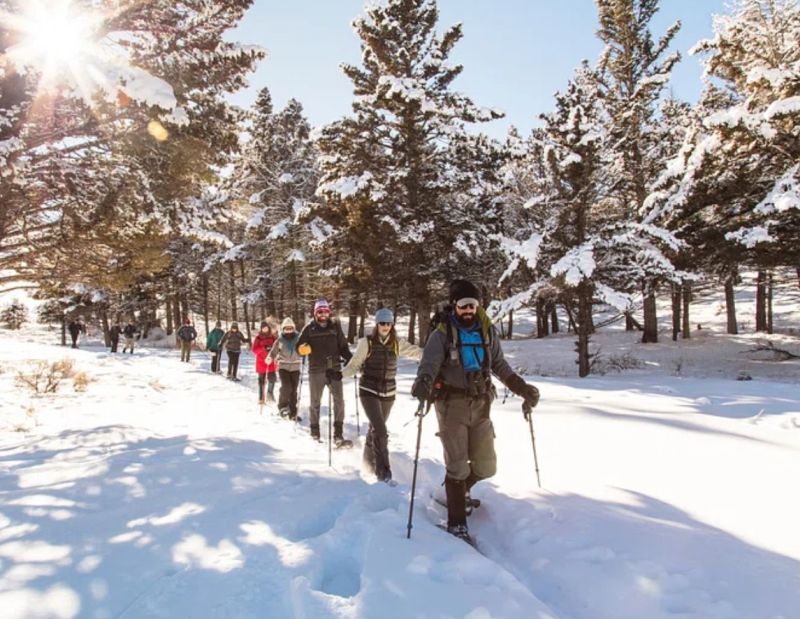There is an artificial lake called Lake Reschen in South Tyrol, Italy. It is located approximately two kilometers south of the Reschen Pass, which forms the border with Austria. It is also located approximately three kilometers east of the mountain range that forms the border with Switzerland. This is the province’s largest lake. It has a capacity of 120 million cubic meters. The 6.6 km2 area of this lake makes it the largest above 3,300 feet in the Alps. As well as being drained by the Adige, it is fed by the Rojenbach and Karlinbach rivers.
During the winter, it is possible to walk to the steeple of the submerged 14th-century church on the lake when the water freezes. In the winter, the church bells still ring, according to a legend. It was actually the bells that were removed from the tower on July 18, 1950, a week before the nave and lake were demolished.
The picturesque bell tower rising from the water of Reschen lake is one of the most popular places to take pictures in Vinschgau. Although not everyone knows the sad story behind this attraction, it is one of the most popular tourist attractions. In the winter, when the lake freezes, you can walk to the bell tower from the lake, which is also a great starting point for hiking in the surrounding nature.
Despite the fact that the Swiss village of Splügen had voted against the company’s plans to build a dam that would have submerged it, Montecatini received 30 million Swiss francs from Elektrowatt for the construction of the dam (in exchange for 10 years of seasonal electricity).
Although Antonio Segni, who later became Italy’s prime minister, was willing to listen to Graun’s population, the population did not have such success. Approximately 1,290 acres of land were submerged and 163 homes were destroyed.
An artificial lake with a depth of 5 meters was planned in 1920. A proposed plan for a 72-foot-deep lake was introduced by the Montecatini company (now Edison Energia) in July 1939, which would unify two natural lakes (Reschensee and Mittersee) and submerge several villages, including Graun and Reschen. Due to the war and local resistance, the dam wasn’t completed until July 1950 following this second plan, which began in April 1940.
Aside from countless fish, the lake also houses whitefish, pike, perch, and char, so all fishing enthusiasts will enjoy this lake! The lake shore is suitable for nordic walking and inline skating, which are great spots along the shore. As a result of the union between the lake and the submerged bell tower, the Trentino region has become one of the most memorable and attractive tourist destinations in Europe.












